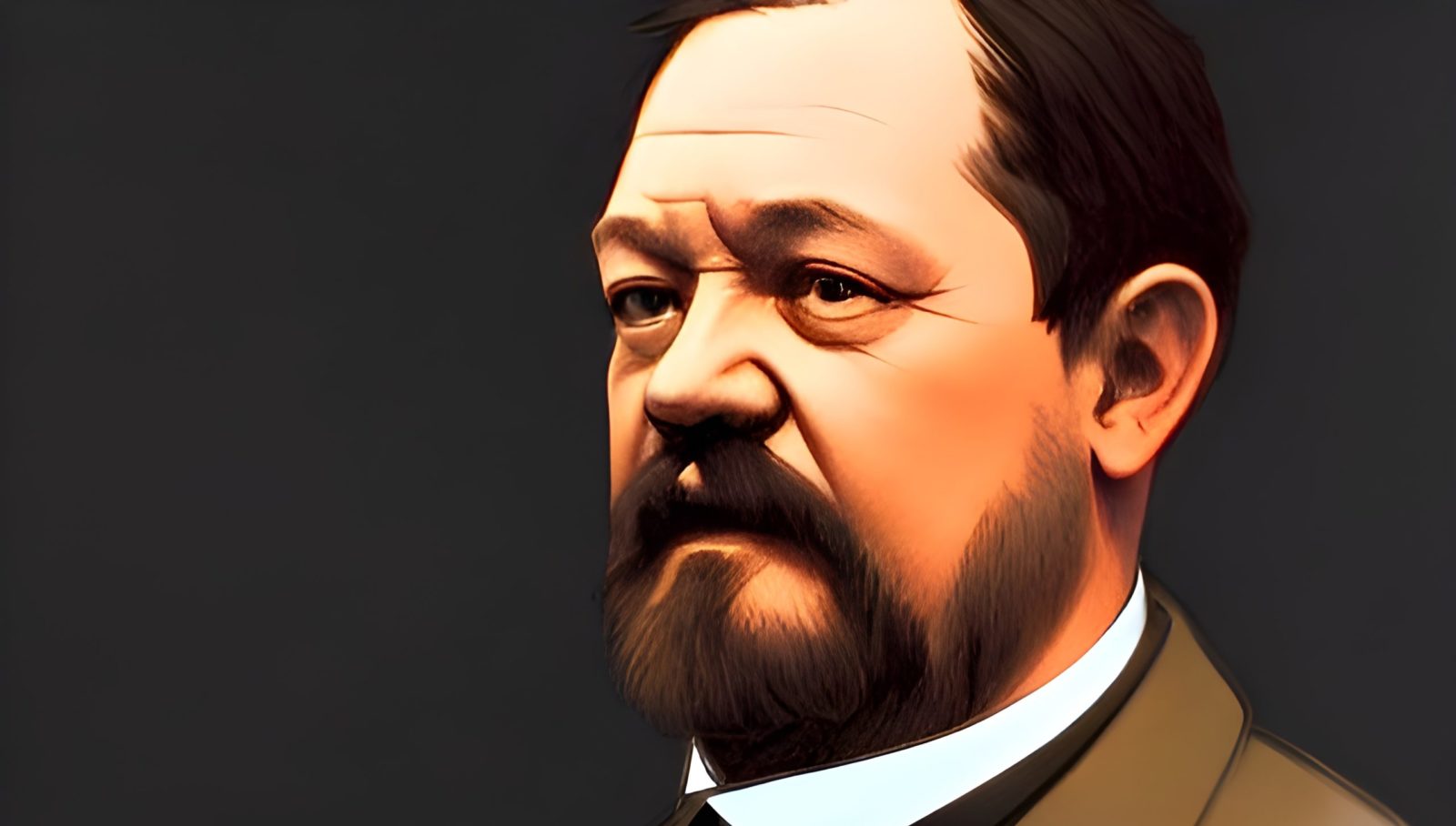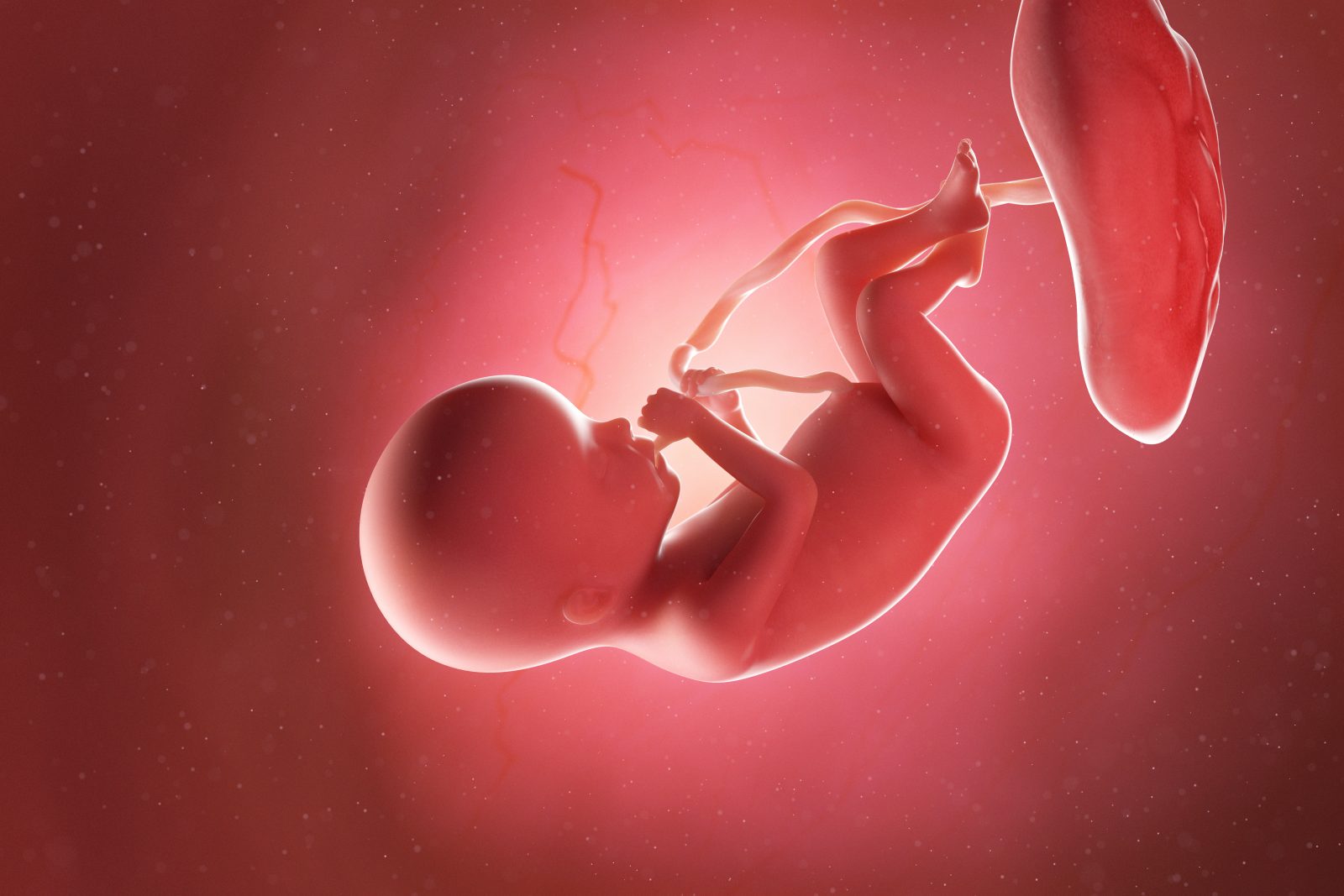


The 200th Birthday of Louis Pasteur: A Man of Science and Faith
December 27, 2022 marks the 200th anniversary of the birth of Louis Pasteur, the French scientist whose scientific breakthroughs have saved millions of lives, and whose work on microbes sounded the death knell of the idea of spontaneous generation. On this episode of ID the Future, biologist Ann Gauger walks listeners through the triumphs, flaws, and tragedies in the life of this extraordinary individual. In the nineteenth century, it was widely believed that the spontaneous generation of life from non-life was common and unremarkable, since it was thought that spontaneous generation of worms, mold, and other life forms occurred all the time in rotting meat and dirty rags. Pasteur constructed an experiment demonstrating that these “spontaneously” arising worms and such in fact sprang from microorganisms contained in the dust of the air. In this way Pasteur lent decisive support to the view summarized in the Latin phrase, “Omne vivum ex vivo”—all life is from life. This is sometimes referred to as the law of biogenesis and holds that organisms do not spontaneously arise in nature from non-life. Thanks in no small part to Pasteur’s work in this area, the origin of the first life on Earth came to be seen as a powerful mystery for scientists committed to the chance origin of the first life, a mystery deepened by discoveries in the twentieth and twenty-first centuries showing that even the simplest single-celled life is vastly more sophisticated than even our most advanced manmade factories. There is so much more to the fascinating life and work of Louis Pasteur, from his pioneering and life-saving work on vaccines and the special relationship he had with his wife to his Christian faith that bore him up through the death of three of his children. Tune in to learn more about this complex man of science and faith.

David Galloway: The Fetal Circulatory System is Irreducibly Complex
On today’s ID the Future, distinguished British physician and author David Galloway explains why he’s convinced that the human fetal circulatory system is irreducibly complex and therefore beyond the reach of blind gradualistic evolution to have built. In his conversation with host and fellow physician Geoffrey Simmons, Galloway also mentions some molecular machines that he’s convinced are irreducibly complex and shout intelligent design. The occasion for the conversation is Galloway’s new book, Design Dissected.

Neil Thomas Talks Darwin, Aquinas, OOL and … Young Frankenstein
On this ID the Future, Taking Leave of Darwin author Neil Thomas continues a lively conversation with radio host Hank Hanegraaff. In this second in a three-part series, the two touch on the fossil record’s challenge to Darwinism, Gould and Eldredge’s rescue attempt, the question of whether Darwin’s best known contemporary defender is dishonest or merely self-deluded, the wishful thinking surrounding origin-of-life studies, the failed attempts to reduce the mind to mere brain chemistry, and the morally repugnant pro-eugenics ideas rooted in Darwinism and touted in the textbook at the heart of the famous Scopes Monkey Trial. The conversation is posted here by permission of Hank Hanegraaff. Get Neil Thomas’s book here.

Taking Leave of Darwin’s Warm Little Pond
Today’s ID the Future offers a sneak peek at the new book Taking Leave of Darwin: A Longtime Agnostic Discovers the Case for Design by Neil Thomas (Discovery Institute Press). Here Scotsman Andrew McDiarmid reads from a Chapter 2 segment titled “The Elusive First Step.” Much of the book is a critical examination of Darwin’s theory of biological evolution, in its original and updated forms; but here Thomas takes up Darwin’s proposal for the unguided origin of the first living cell. Thomas, like others before, points up the persistent and growing problems with a designer-free origin of life, but here he also explores some of the cultural influences that primed society to view the leap from non-life to life as easily made. Frankenstein’s monster makes an appearance, but tune in to see how the behavior of some actual investigators grew almost stranger than fiction. And to learn how some of the beliefs undergirding the pseudoscience of re-animation persist today in reincarnated form (in the field of abiogenesis), pick up a copy of Thomas’s Taking Leave of Darwin: A Longtime Agnostic Discovers the Case for Design.

The Origin of Life and the Materialism of the Gaps
On this episode of ID the Future, host Eric Anderson speaks again with medical engineer Rob Stadler, co-author with molecular biologist Change Laura Tan of the new book Stairway to Life: An Origin of Life Reality Check. Here in Part 2 of their conversation, Stadler says that following the Miller-Urey experiments in the mid-twentieth century, researchers were optimistic that a purely naturalistic explanation for the origin of the first life was just around the corner, but since then the field has run into one obstacle after another. The challenge to mindless origin-of-life scenarios is now far greater than it was 60-70 years ago. And yet many in the field still cling to the belief that life must have arisen by some set of purely blind, material forces, no intelligence allowed. Why? Stadler says it’s the “materialism of the gaps,” a dogmatic mindset undeterred by the growing tide of evidence in the opposite direction.

New Book: The Stairway to Life Is Really a Cliff
On this episode of ID the Future, guest host Eric Anderson speaks with medical engineer Rob Stadler, co-author with molecular biologist Change Laura Tan of the new book Stairway to Life: An Origin of Life Reality Check. Stadler explains that it’s a “reality check” because many of the “stairway steps” that have to be mounted for chemistry to become biology must, very inconveniently, happen all at once. DNA can’t survive without repair enzymes, for example, but those enzymes are able to exist because they’re coded in DNA. The reality check is needed, says Stadler, because the media eagerly touts every oversold “advance” in origin-of-life research, ignore the mounting difficulties for an unguided origin of life posed by various fresh discoveries, and parrot the question-begging claim that origins scientists must consider only naturalistic explanations.

New ID Book Puts “Self-Replicating Molecules” Under the Microscope
On this episode of ID the Future, Andrew McDiarmid interviews Eric Anderson, one of the co-authors of the new book Evolution and Intelligent Design in a Nutshell. The two discuss Eric’s chapters on the origin-of-life problem. There’s the problem of generating the information required of the first life form. And there’s another problem, one Anderson uses his engineering background to explore — the insuperable challenges to generating a self-replicating molecule, a hypothetical entity at the heart of some recent attempts to render plausible the evolution of non-life into cellular life.